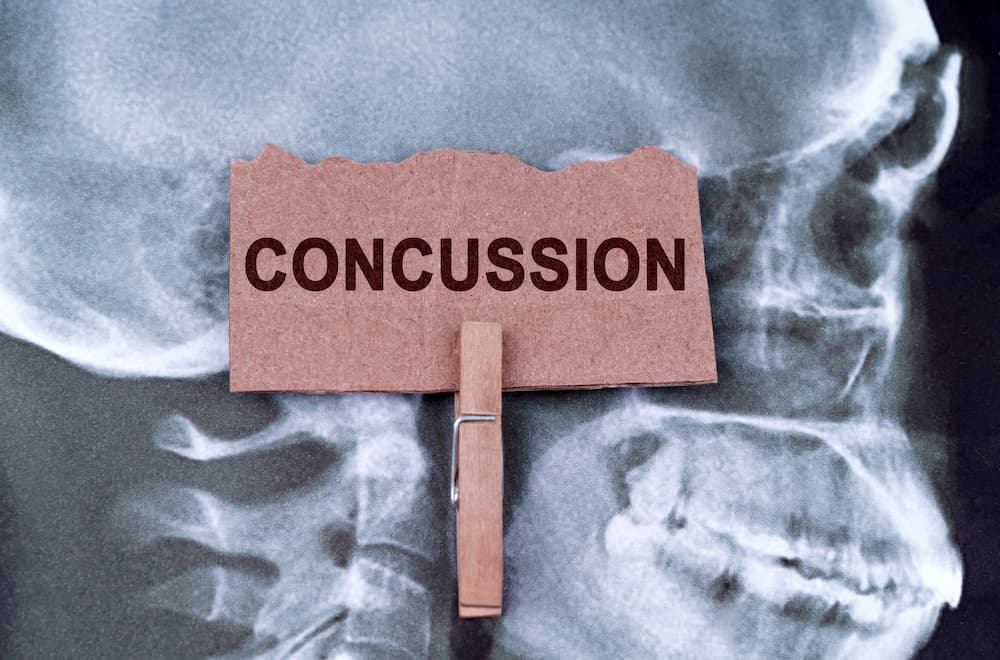Obsessive-Compulsive Disorder (OCD) is a chronic mental health condition marked by intrusive thoughts (obsessions) and repetitive behaviors (compulsions). For those living with OCD, these symptoms can disrupt daily life, making it difficult to focus on tasks or feel at ease in social situations. While medications like SSRIs (Selective Serotonin Reuptake Inhibitors) and cognitive-behavioral therapy (CBT) have long been the go-to treatments, they don’t work for everyone. This is where Transcranial Magnetic Stimulation (TMS) steps in as a new, non-invasive approach with the potential to help those who have not found relief through traditional treatments.
How Does TMS Work?
TMS is a non-invasive procedure that uses electromagnetic pulses to stimulate specific regions of the brain. These magnetic pulses help modulate brain activity in targeted areas associated with OCD. During a TMS session, a magnetic coil is placed on the scalp, sending brief magnetic pulses to the brain’s surface. This stimulation can either increase or decrease activity in certain neural circuits, depending on the specific goals of the treatment.
For OCD, TMS targets the prefrontal cortex and deeper structures of the brain that are believed to contribute to the obsessive thoughts and compulsive behaviors characteristic of the disorder. By stimulating these areas, TMS can help rebalance brain activity, potentially reducing the intensity of symptoms.
Why TMS for OCD?
TMS presents several benefits for individuals with OCD, especially those who have found little success with other treatments:
- Non-invasive: TMS does not require surgery, anesthesia, or any invasive procedures. The magnetic pulses are delivered externally through the scalp, making it a low-risk treatment.
- Few side effects: Unlike medications that affect the entire body, TMS primarily focuses on the brain regions related to OCD symptoms. The most common side effects are mild headaches or scalp discomfort, which typically resolve shortly after a session.
- Drug-free: Many individuals with OCD may struggle with the side effects of medications, such as weight gain, sleep disturbances, or sexual dysfunction. TMS offers a drug-free alternative that avoids these complications.
- Outpatient treatment: TMS sessions are typically quick, lasting between 30-60 minutes, and don’t require any recovery time. Patients can resume their regular activities immediately after treatment.
The Science Behind TMS and OCD
OCD is believed to stem from hyperactivity or dysfunction in certain brain circuits, particularly those that connect the prefrontal cortex to deeper brain structures like the anterior cingulate cortex and the basal ganglia. These circuits are involved in decision-making, emotional regulation, and behavior control—all functions that are disrupted in individuals with OCD.
By applying targeted magnetic stimulation to these brain regions, TMS can help regulate the neural activity that drives obsessive thoughts and compulsive behaviors. The stimulation may work to “reset” or normalize activity in these circuits, providing relief from OCD symptoms over time.
TMS vs. Traditional OCD Treatments
While CBT and medications remain the most common treatments for OCD, they are not without limitations. CBT, particularly Exposure and Response Prevention (ERP), can be time-intensive and emotionally challenging for patients. While highly effective for some, others find it difficult to commit to the process or do not experience significant improvements. Medications, on the other hand, often come with side effects that can be hard to manage and may take weeks or months to produce noticeable changes in symptoms.
In contrast, TMS offers a faster-acting, more tolerable option for those who struggle with traditional treatments. Many patients begin noticing improvements after just a few weeks of TMS sessions, and the procedure itself is generally well-tolerated. Additionally, because TMS does not rely on medications, it can be used alongside other therapies or as a standalone treatment for those who prefer to avoid pharmaceuticals.
Benefits of TMS for OCD
TMS presents several unique advantages for individuals with OCD:
- Targeted approach: TMS focuses on the specific brain circuits involved in OCD, providing a more localized treatment option.
- Combination potential: TMS can be used in conjunction with other treatments like therapy or medication, enhancing their effectiveness without additional side effects.
- Non-systemic: Since TMS directly affects brain function without altering other bodily systems, it eliminates the risks associated with systemic medication side effects.
- Long-term potential: Research suggests that the benefits of TMS may extend beyond the treatment period, providing lasting improvements for some patients.
What Does the TMS Process Look Like?
For those unfamiliar with the TMS process, it’s straightforward and convenient. Each session typically lasts between 30 to 60 minutes. The patient sits in a chair, and a technician places a magnetic coil against the scalp near the targeted brain regions. The machine delivers a series of magnetic pulses, which may feel like light tapping on the scalp. While patients are fully awake during the procedure, they can relax and remain comfortable throughout.
The number of sessions required varies depending on the individual, but most patients undergo TMS five days a week for several weeks. After completing the initial course of treatment, patients may experience lasting symptom relief, though some individuals might require maintenance sessions down the road to keep symptoms at bay.
Current Research on TMS and OCD
Though TMS is still considered an emerging treatment for OCD, research into its effectiveness is ongoing. Several studies have shown that TMS can help reduce OCD symptoms, particularly when targeting brain areas like the dorsolateral prefrontal cortex and the supplementary motor area. These regions are involved in regulating obsessive thoughts and repetitive behaviors, making them key targets for treatment.
One study found that individuals who received TMS targeting the prefrontal cortex experienced a significant reduction in OCD symptoms compared to those who received a placebo treatment. Other research has suggested that the benefits of TMS may continue long after the treatment has ended, with some patients experiencing sustained improvements for months after their final session.
Is TMS Right for You?
While TMS is not a cure for OCD, it offers a promising new avenue for those who have not found success with traditional treatments. If you’ve struggled with medications or therapy, or if you’re looking for a non-invasive, drug-free option, TMS might be worth exploring. Consulting with a healthcare provider who specializes in brain stimulation therapies can help you determine whether TMS is a good fit for your situation.
Key Takeaways:
- TMS is a non-invasive brain stimulation therapy that targets specific brain regions involved in OCD.
- It offers a drug-free alternative to traditional treatments like medications, with fewer side effects.
- Research is ongoing, but early studies suggest TMS can help reduce OCD symptoms and improve quality of life.
- TMS is a convenient outpatient treatment that doesn’t require recovery time, allowing patients to go about their day after sessions.
If you’re living with OCD and searching for new treatment options, TMS could be the breakthrough you’ve been waiting for. It’s a safe, innovative solution that offers hope for reducing the intensity of symptoms and improving daily life. Questions? Contact Axon Integrative Health and we’ll be happy to help.





